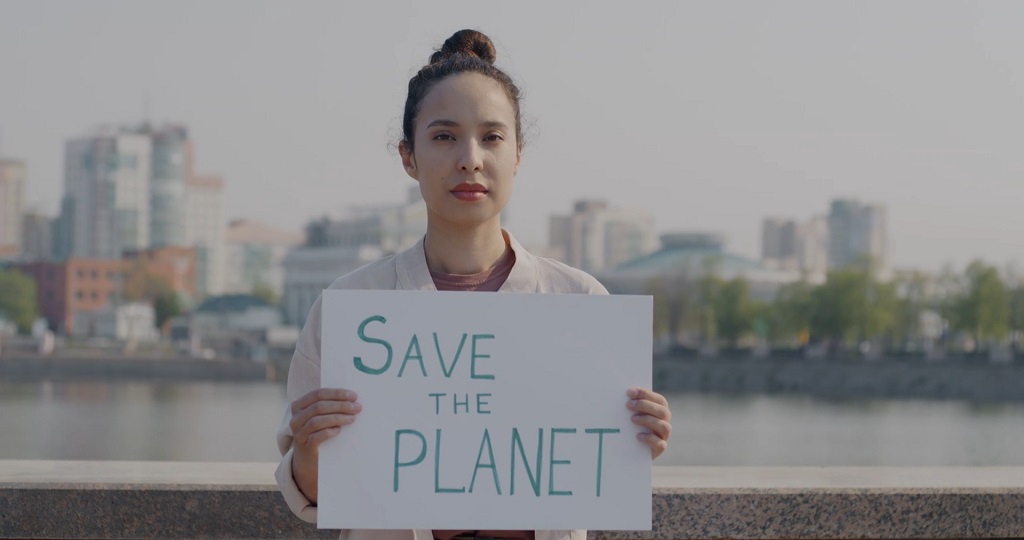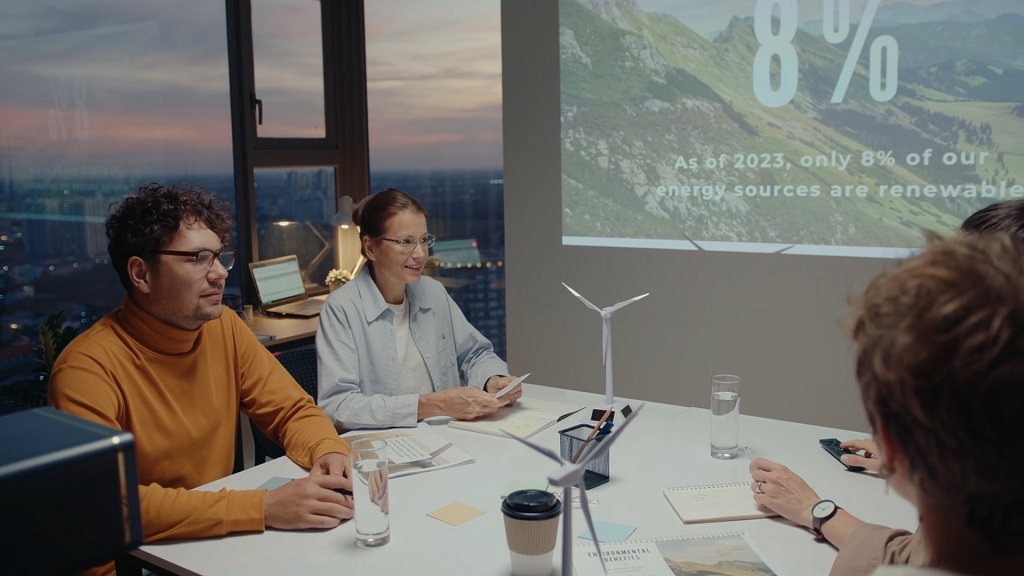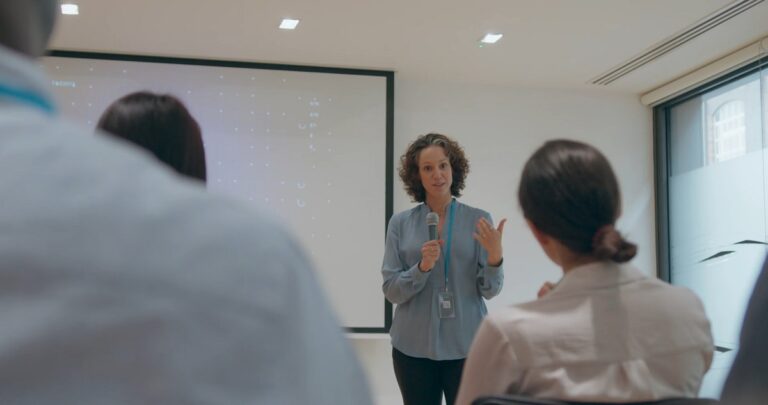You have a clear goal: get people in your community to care about climate change and take action. But even the most inspiring local climate awareness event can fall flat if no one shows up or if people leave without feeling moved to act.
The concrete answer is this: to promote a local climate awareness event for maximum impact, you need to combine targeted outreach, engaging content, strong community partnerships, and clear calls to action.
By using both digital and offline channels, creating a compelling message, and making participation easy, you can draw in a diverse audience ready to learn and act.
Define Your Message and Audience

Promotion begins with absolute clarity about your event’s focus and who you want to reach. Identify the specific climate issue your event will address, such as urban flooding, sustainable transport, or local biodiversity loss.
Clarify the tangible outcomes you want participants to gain, such as understanding local climate challenges, learning specific actions, or joining ongoing initiatives.
Consider the core audience, whether it is high school students, families, local policymakers, or neighborhood associations.
A clear audience focus allows you to craft outreach that resonates directly with those most likely to act.
Event Planning Table
| Aspect | Details |
| Event Focus | Specific climate issues (e.g., local flooding) |
| Desired Outcome | Knowledge gain, action commitment, and ongoing participation |
| Target Audience | Families, students, policymakers, and local business owners |
| Core Message | Why the local issue matters and how attendees can help |
This foundation ensures every flyer, email, and social post aligns with your goal, maintaining consistency across all outreach channels and creating a strong identity for your event.
Use Local Networks and Partnerships

Local networks are among the most effective promotion channels for a climate awareness event. Libraries, community centers, neighborhood associations, and places of worship have direct, trusted relationships with residents.
Engage these organizations early to share your event details in newsletters and community calendars.
Offer to present a brief announcement during their meetings or classes, explaining why the event is relevant to local concerns.
Request space for flyers or table materials in high-traffic areas such as coffee shops, community markets, and recreation centers.
These partnerships do more than increase attendance. They demonstrate to your community that the event is embedded in local efforts, building trust and legitimacy while encouraging a sense of collective ownership over the climate issue being addressed.
Utilize Social Media with Precision
Social media can significantly expand your event’s reach if used with targeted intention. Instead of a single post, develop a structured posting schedule with countdowns, speaker highlights, and short educational snippets about the event’s focus.
View this post on Instagram
Use local community groups on Facebook, share updates on neighborhood pages, and post in relevant Instagram and LinkedIn circles.
Record short video messages from speakers explaining why the event is important, encouraging shares within their networks to amplify visibility. If you don’t know how to do it, you can easily use the services offered by SocialWick.
Social Media Planning Table
| Channel | Action |
| Event page, group shares, speaker spotlights | |
| Short videos, stories, and local hashtags | |
| Professional audience outreach | |
| Community Pages | Consistent updates and reminders |
This layered approach increases the likelihood of repeated exposure, ensuring your event stays visible across different platforms while maintaining relevance to the intended audience.
Develop Clear, Attractive Visual Materials

Well-designed flyers and social graphics can significantly increase interest. Your visuals should be clean, direct, and informative. Include the event title, date, time, clear location details, and a concise statement about the value of attending.
Use engaging but straightforward language to communicate urgency and importance without overwhelming your audience with jargon.
Include a QR code linking to a registration page or map to make participation easier.
Place printed flyers in areas with steady foot traffic like libraries, local gyms, community boards, and grocery stores.
Digital versions should align visually with your printed materials to reinforce your event’s identity across all platforms.
Engage Local Media for Expanded Reach
Local newspapers, radio stations, and community television are powerful channels for reaching residents who may not be as active on social media.
Prepare a concise press release highlighting the relevance of your event to local concerns and the tangible benefits for attendees.
Offer a speaker for interviews to discuss how climate change is affecting your town, or submit an op-ed to your local paper explaining the urgency of the issue being addressed at your event.
Media Engagement Table
| Channel | Action |
| Local Newspaper | Press release, op-ed submission |
| Radio | Interview with event speaker |
| Community TV | Event announcement segment |
Media engagement broadens your reach while adding credibility to your efforts, demonstrating to your community that local climate issues deserve collective attention and action.
Involve Schools and Youth Organizations

Young people are increasingly invested in climate issues, making schools and youth organizations key partners. Contact local teachers and eco-clubs to invite participation.
Provide ready-to-share scripts or flyers that teachers can announce during homeroom or club meetings.
Partner with Scouts, after-school programs, and youth community organizations to co-host elements of your event or contribute activities, increasing family participation while empowering youth as climate leaders in your community.
Make the Event Engaging and Action-Oriented
Your promotion should promise and deliver valuable, engaging content. Avoid long, lecture-only formats by incorporating interactive components such as small-group discussions, question-and-answer segments, hands-on demonstrations, or live activities that encourage participation.
Activities might include climate pledge walls, seed planting demonstrations, or local climate mapping exercises where attendees share observations about climate impacts in your area.
Interactive content not only holds attention but also makes learning tangible, encouraging attendees to translate knowledge into action.
Provide Clear Calls to Action
Ensure every attendee leaves with a clear, realistic action they can take immediately. This might include signing up for a local climate initiative, pledging to reduce single-use plastics, joining a community composting program, or committing to participating in local advocacy efforts.
Provide printed handouts or a QR code linking to local climate initiatives, resources, or a sign-up page for your group’s newsletter. Attendees should leave feeling that their presence at the event is just the first step in their ongoing role in local climate action.
Follow Up After the Event

Your event’s impact extends beyond its scheduled time. Afterward, share photos, participant quotes, and outcome highlights on social media and through your mailing list.
Thank your partners, speakers, and attendees publicly, reinforcing community connections. Send a follow-up email summarizing the event, providing links to the next steps and upcoming opportunities for involvement, and inviting feedback to improve future events.
This continued communication keeps momentum alive, transitioning your event from a one-time gathering into an ongoing catalyst for local climate action.
Conclusion
A local climate awareness event can be more than a meeting; it can be the beginning of real, community-driven climate action.
By building a clear message, leveraging local partnerships, using strategic digital and offline promotion, and offering engaging, actionable content, you create a pathway for your neighbors to understand and act on climate challenges together.
Your commitment to structured, thoughtful promotion will ensure your event reaches the people who need to hear your message and inspire them to move from awareness to collective action. This is how local climate events become movements, sparking ripples of change that extend far beyond the event itself.

